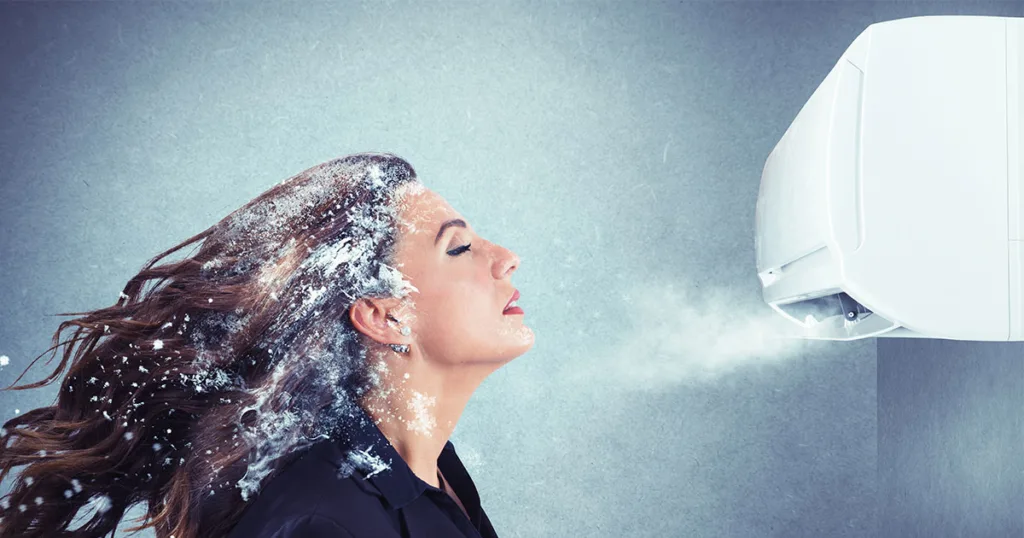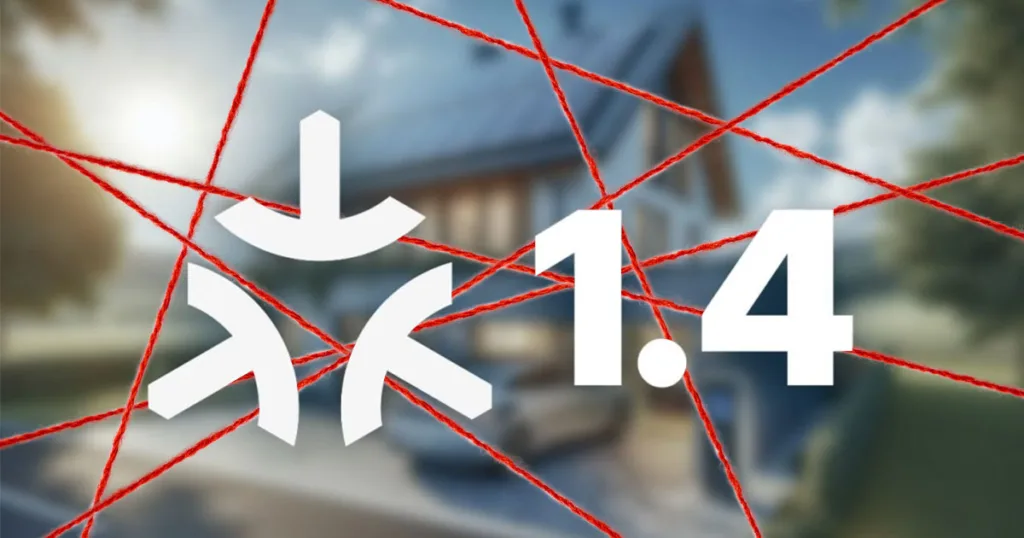The most important spec to consider when looking at air purifiers is how efficiently the device filters air particles. You'll see this demonstrated as a high percentage like 99.97%, and again by the kind of filter that is used.
The percentage references the amount of particles and bacteria that the filter is capable of removing. The higher the number, the more efficient the filter is. These percentages also align with the filtering class of the filter. For air purifiers these are either EPA or HEPA, standing for efficiency particulate air [filter] and high efficiency particulate air [filter], respectively.
As you may have guessed, HEPA filters are better at filtering out particulate matter from the air. At their best, HEPA14 filters remove 99.995% of particle matter, while EPA12 remove 99.5%. Both are high numbers, but the difference between those percentages is important. That extra 4.95% captures PM2.5 particles like mould spores, smoke, pollen, and bacteria, which have been linked to ongoing health effects.
Some air purifiers come with additional filters like a pre-filter and an activated charcoal filter. These extra filters won't do much more to remove dust and dander from the air, but they can help with the longevity of the HEPA filter and eliminating odours.








